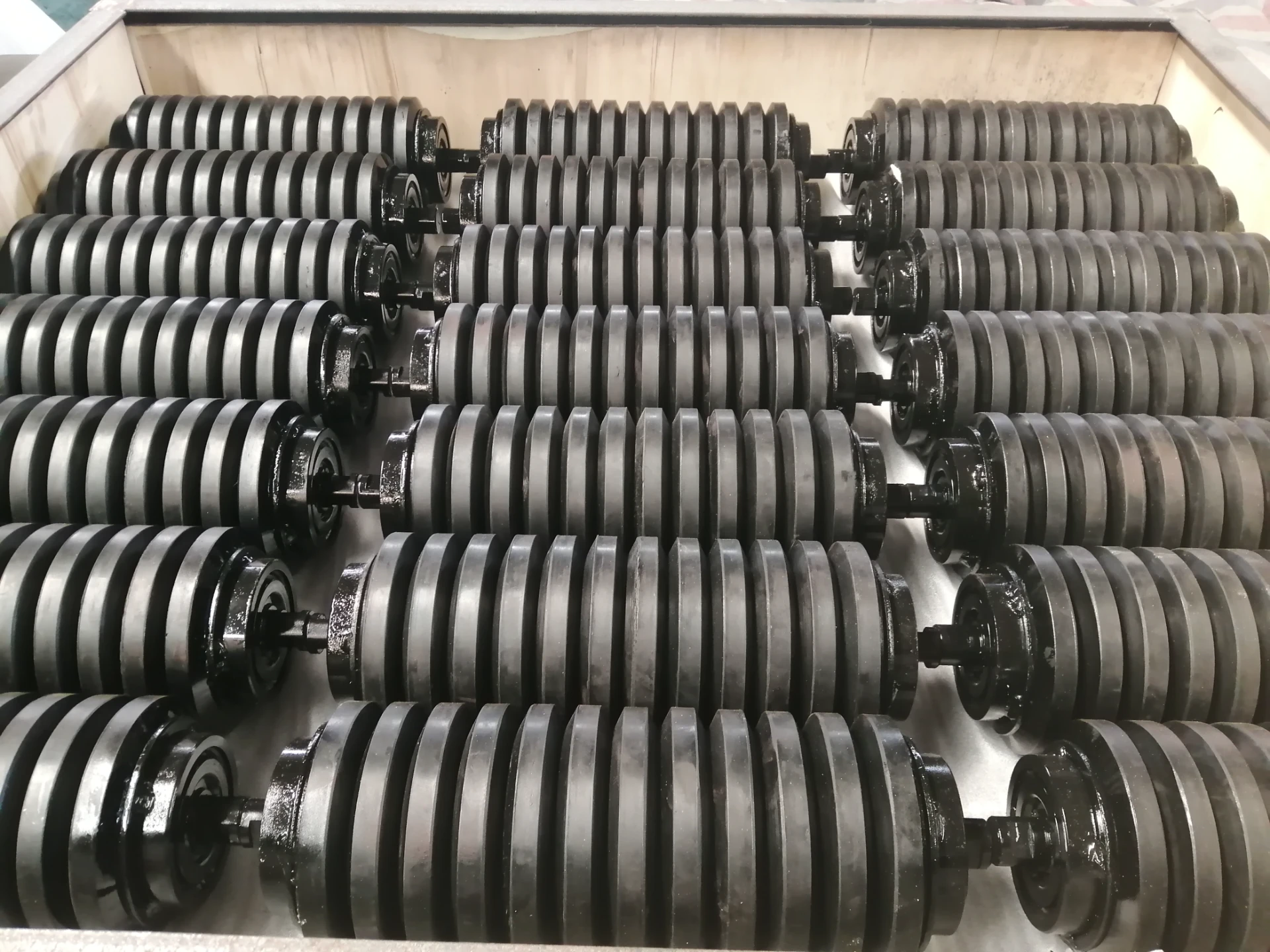 Afrikaans
Afrikaans  Albanian
Albanian  Amharic
Amharic  Arabic
Arabic  Armenian
Armenian  Azerbaijani
Azerbaijani  Basque
Basque  Belarusian
Belarusian  Bengali
Bengali  Bosnian
Bosnian  Bulgarian
Bulgarian  Catalan
Catalan  Cebuano
Cebuano  Corsican
Corsican  Croatian
Croatian  Czech
Czech  Danish
Danish  Dutch
Dutch  English
English  Esperanto
Esperanto  Estonian
Estonian  Finnish
Finnish  French
French  Frisian
Frisian  Galician
Galician  Georgian
Georgian  German
German  Greek
Greek  Gujarati
Gujarati  Haitian Creole
Haitian Creole  hausa
hausa  hawaiian
hawaiian  Hebrew
Hebrew  Hindi
Hindi  Miao
Miao  Hungarian
Hungarian  Icelandic
Icelandic  igbo
igbo  Indonesian
Indonesian  irish
irish  Italian
Italian  Japanese
Japanese  Javanese
Javanese  Kannada
Kannada  kazakh
kazakh  Khmer
Khmer  Rwandese
Rwandese  Korean
Korean  Kurdish
Kurdish  Kyrgyz
Kyrgyz  Lao
Lao  Latin
Latin  Latvian
Latvian  Lithuanian
Lithuanian  Luxembourgish
Luxembourgish  Macedonian
Macedonian  Malgashi
Malgashi  Malay
Malay  Malayalam
Malayalam  Maltese
Maltese  Maori
Maori  Marathi
Marathi  Mongolian
Mongolian  Myanmar
Myanmar  Nepali
Nepali  Norwegian
Norwegian  Norwegian
Norwegian  Occitan
Occitan  Pashto
Pashto  Persian
Persian  Polish
Polish  Portuguese
Portuguese  Punjabi
Punjabi  Romanian
Romanian  Russian
Russian  Samoan
Samoan  Scottish Gaelic
Scottish Gaelic  Serbian
Serbian  Sesotho
Sesotho  Shona
Shona  Sindhi
Sindhi  Sinhala
Sinhala  Slovak
Slovak  Slovenian
Slovenian  Somali
Somali  Spanish
Spanish  Sundanese
Sundanese  Swahili
Swahili  Swedish
Swedish  Tagalog
Tagalog  Tajik
Tajik  Tamil
Tamil  Tatar
Tatar  Telugu
Telugu  Thai
Thai  Turkish
Turkish  Turkmen
Turkmen  Ukrainian
Ukrainian  Urdu
Urdu  Uighur
Uighur  Uzbek
Uzbek  Vietnamese
Vietnamese  Welsh
Welsh  Bantu
Bantu  Yiddish
Yiddish  Yoruba
Yoruba  Zulu
Zulu drive belt tensioner pulley
Understanding Drive Belt Tensioner Pulleys Importance and Functionality
Drive belt tensioner pulleys are integral components of a vehicle’s engine system, playing a crucial role in the operation of drive belts, which are essential for the timing and functioning of various engine accessories. These pulleys maintain the appropriate tension on the drive belts, ensuring optimal performance and longevity of the engine components they are connected to.
Functionality of Drive Belt Tensioner Pulleys
The primary function of a drive belt tensioner pulley is to apply the correct amount of tension to the drive belt. If the belt is too loose, it can slip off or fail to transmit power effectively, leading to issues such as poor performance in accessories like the alternator, water pump, or power steering. Conversely, if the belt is too tight, it can lead to premature wear and tear on both the belt and the connected components. The tensioner pulley, therefore, helps create the ideal balance, preventing slippage and ensuring that power is delivered efficiently throughout the vehicle’s engine system.
Drive belt tensioner pulleys are typically spring-loaded, allowing them to adjust automatically to changes in the belt’s tension. This self-adjusting mechanism plays a vital role in absorbing vibrations and shocks that occur during the operation of the engine, thereby safeguarding the integrity of the drive belt. Moreover, it accommodates any expansion of the belt due to temperature fluctuations and ensures that any wear on the belt is compensated for, contributing to the overall reliability of the engine's performance.
drive belt tensioner pulley

Signs of Wear and Required Maintenance
Like any mechanical component, drive belt tensioner pulleys are susceptible to wear and must be monitored regularly. One of the most common signs of a failing tensioner is a squeaking or rattling noise coming from the engine compartment, which often indicates that the pulley bearings are worn out. Additionally, if the drive belt appears to be unusually loose or shows signs of fraying, it could signal that the tensioner pulley is failing to maintain sufficient tension.
Routine inspections and maintenance are essential to prolong the life of the tensioner pulley and the drive belt. It is advisable to check the condition of these components whenever the drive belt is replaced or during regular maintenance checks. If any wear is detected, replacing the tensioner pulley can prevent cascading failures of various engine systems.
Conclusion
The drive belt tensioner pulley may seem like a small component within a vehicle's engine, but its impact on overall performance cannot be overstated. By ensuring the proper tension on the drive belts, it plays a crucial role in the functionality of essential engine accessories, directly affecting performance, efficiency, and longevity. As part of a regular maintenance routine, keeping an eye on the tensioner pulley can save vehicle owners from costly repairs and contribute to a smoother, more reliable driving experience. Being proactive about the condition of your drive belt tensioner pulley is an investment in the overall health of your engine, demonstrating the importance of understanding the little components that make a big difference.
-
Revolutionizing Conveyor Reliability with Advanced Rubber Lagging PulleysNewsJul.22,2025
-
Powering Precision and Durability with Expert Manufacturers of Conveyor ComponentsNewsJul.22,2025
-
Optimizing Conveyor Systems with Advanced Conveyor AccessoriesNewsJul.22,2025
-
Maximize Conveyor Efficiency with Quality Conveyor Idler PulleysNewsJul.22,2025
-
Future-Proof Your Conveyor System with High-Performance Polyurethane RollerNewsJul.22,2025
-
Driving Efficiency Forward with Quality Idlers and RollersNewsJul.22,2025





























